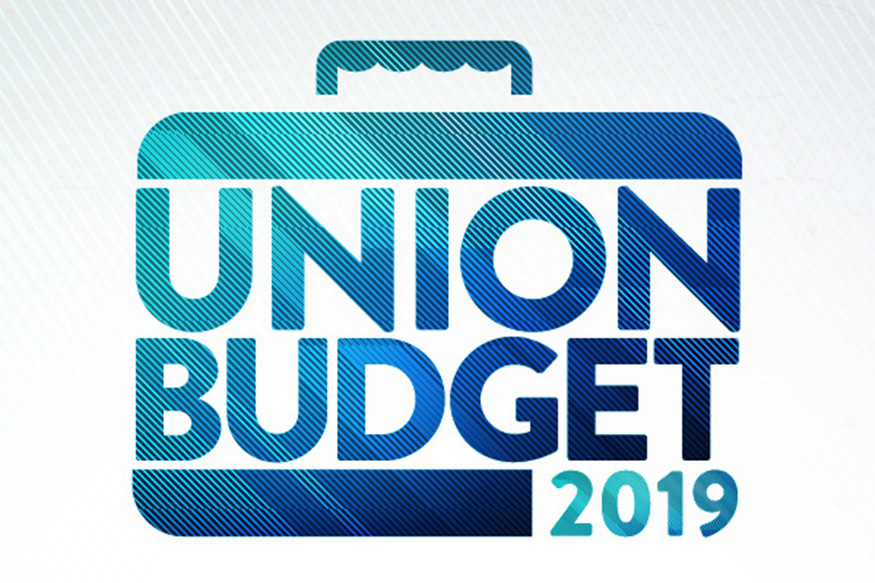
Budget 2019 - The Trillion Dollar Dream
The decisively re-elected Government’s first Union Budget saw the triumph of stern, but pragmatic approach to tackle the impeding fiscal challenges over populist appeasement of stakeholders.
The Finance Minister’s maiden budget intends to set the road map for India to be a US$ 5 trillion economy.
The Budget contains plethora of projected proposals to incentivise rural development, MSME sector, education, employment generation and capital formation.
It also has forward looking policy statements for the financial services sector which include creating a robust environment for bond markets to meet the financing needs of corporates, review of inbound investment policy, de-stressing the distressed NBFC and banking sector etc.
Let’s take a look at the few hits and misses impacting the financial services sector on the tax side.
Hip, Hype, Hooray…
The much hyped reduction of corporate tax rate to 25% has been further extended to companies having turnover of less than Rs. 400 crores in the financial year 2017-18. A step which supposedly helps 99.3% of companies to enjoy the reduced tax rate.
The NBFC sector often faces double whammy with respect to interest on non-performing assets being charged to income-tax without being actually realised. Such interest income from certain bad or doubtful debts of banks and certain types of institutions are taxed on receipt basis (and not on accrual). These rational and beneficial provisions have now been extended to certain types of regulated NBFCs. From borrowers’ perspective, interest on loans borrowed from NBFCs will be allowed as a deductible expenditure only in the year in which interest is actually paid. These measures will provide a much needed respite to the shadow-banking industry reeling under crippling liquidity crunch. The exemption from thin capitalisation rules granted to banking and insurance sector could have been extended to NBFCs, but it isn’t.
To provide further impetus to the nascent International Financial Services Centre (IFSC), a tax holiday for 100% income available to IFSC units is proposed for a period of 10 consecutive years out of 15 years beginning from the year in which requisite approval is obtained. Similarly, clarifications have been provided to ensure ease in claim of tax benefits by bank branches of foreign banks, AIFs and mutual funds set up in IFSC.
With regard to Alternative Investment Funds (AIFs), furthering the income-tax pass-through mechanism, even losses (other than business losses) incurred by Category II AIFs are now allowed to be passed-through to the investors holding the units for more than 12 months. Also, the exemption of the so called ‘angel tax’ is now extended to investments made by Category II AIFs. These are welcome measures.
The Government’s push for affordable housing continues to garner support from the Finance Minister. A tax deduction upto Rs. 1.50 lakhs in respect of interest on loan taken to acquire a residential property having a stamp duty value of less than Rs. 45 lakhs has been introduced. Similarly, tax benefits available for promotion of affordable housing is available for residential units with enhanced maximum permissible carpet area of 60 sq.mtrs for metropolitan cities and 90 sq.mtrs for other areas but subject to a maximum stamp-duty value of Rs. 45 lakhs. These measures will ensure providing stimulus to genuine affordable housing units.
On the transfer pricing front, the provisions for secondary adjustment have been overhauled to provide ease of its comprehension and implementation. As a substantive relief, in lieu of secondary adjustment, an option to make one-time payment of additional income-tax at the rate of 20.16% on the primary adjustment amount / excess money is now provided. This provides a much required respite.
Taxing Times
The drastic increase and the resultant quantum of tax rate of 42.74% for super rich is making headlines. This amendment impacts the ‘maximum marginal rate’. Accordingly, besides individuals, even Category III AIFs which are taxed at maximum marginal rate (on business income earned by them) can be subject to tax rate of 42.74%.
The buy-back tax which hitherto was levied on buy-back of securities by unlisted companies has now been extended to listed companies as well. The computational challenges to arrive at the buy-back tax payable by listed companies need to be addressed.
To discourage cash transactions, cash withdrawals in excess of Rs. 1 crore in aggregate in a year, would be subject to tax deduction at source at the rate of 2%.
Mission Possible
Overall, this Budget is more of a mission and vision statement of what can be expected in the next 5 years and demonstrating the Government’s outlook for India’s future.
Anyways, considering the mixed bag budget announcements and depending on ones’ position in the Finance Minister’s wide ranging spectrum of stakeholders, your mood can range from jittery to jubilant.